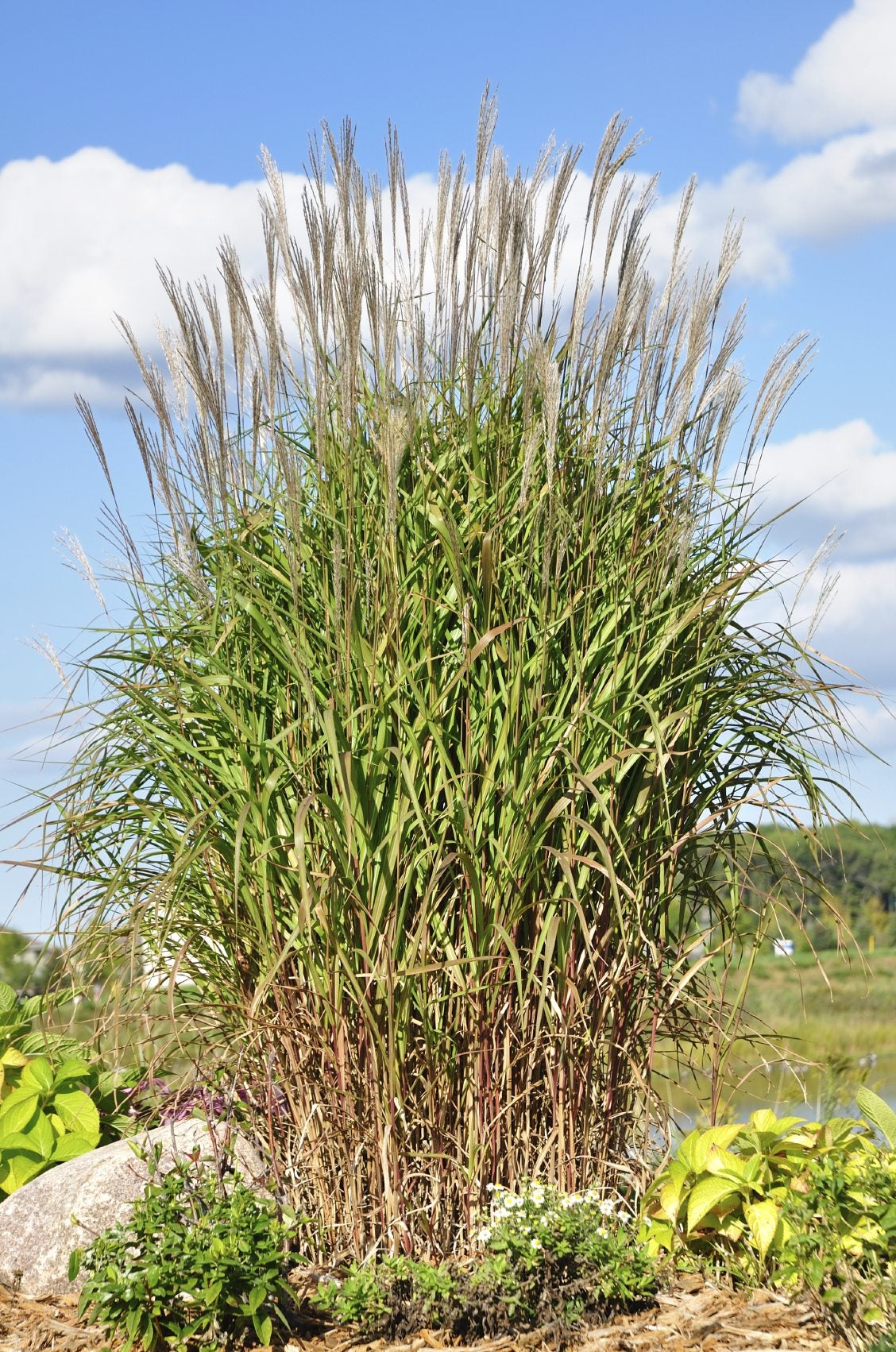Dividing Maidenhair Grass: When And How To Divide Maiden Grass


Ornamental grasses provide movement, sound, and architectural interest to the garden. Whether they are planted en masse or in single specimens, ornamental grasses add elegance and drama to the landscape with ease of care and self-sufficiency. Maiden grass is an excellent example of a landscape grass. Once established, these plants in the Miscanthus family need relatively little attention; however, they will need division once in a while. Dividing maidenhair grass keeps it to a maintainable size, increases the number of these plants, and prevents center die-back. Learn when to divide maiden grass and some tips on how to split apart the larger specimens of this species.
When to Divide Maiden Grass
Miscanthus is a large family of grasses. There are many varieties of maiden grass in this group, most of which are excellent landscape plants and valued for their dramatic inflorescence and gaily waving foliage. Splitting ornamental grass plants should happen every three to four years. Can you divide maiden grass? Maiden grass responds favorably to division and will come back better than ever after a season. The question, “Can you divide maiden grass?”, has been answered, but now we need to know the when and how of the project. Older Miscanthus can get many feet (1 m.) wide and may grow 5 to 6 feet (1.5-2 m.) in height. This is a monster of a plant to divide but it is necessary for the best plant health. The best time to divide maiden grass is when it is dormant. Cut back the foliage to 5 inches (13 cm.) from the crown first. This will help you get to the base, which needs to be dug up, and prevents harm to the root system. Now assemble some tools and a couple of buddies if you are splitting ornamental grass plants that are huge and old.
How to Divide Maiden Grass
Neglected old grasses may pose a problem for the removal of the root ball. The faint of heart might want to call in a professional crew, while the adventurous might enlist a backhoe or pickup truck. The root ball has to come out for a successful division. Dig several inches (7.5 cm.) around the crown of the plant in order to capture the edges of the root zone, then dig under the root mass and pull it all out. The root ball may be huge, so slide it onto a tarp for ease of movement. Now the division process occurs. Smaller plants can be cut with a root saw, while the big ones may require a chainsaw, pry bar, or other robust tools. That is why it is good to know how to divide maiden grass when it is young, or you will end up with quite a large project. Divide the clump into sections of around 6 inches (15 cm.), retaining roots and crown in each piece. Keep the roots moist and replant each section immediately.
Alternate Method of Dividing Maidenhair Grass
Once the clump is out of the ground, you can also divide the small shoots or tillers with water. Rinse off all the dirt and pull out the individual shoots, including their roots. Each one of these is a potential plant, although it will take longer to establish a large clump of Miscanthus than the bulk division method. These small plants should be potted up and babied for a few years in a sheltered area or greenhouse before planting in the garden. This method will result in more plants than you can probably use, but the benefit is that the new plants will not transfer disease or weeds to a new area of the garden since the old soil was washed off.
Sign up for the Gardening Know How newsletter today and receive a free copy of our e-book "How to Grow Delicious Tomatoes".

Bonnie Grant is a professional landscaper with a Certification in Urban Gardening. She has been gardening and writing for 15 years. A former professional chef, she has a passion for edible landscaping.